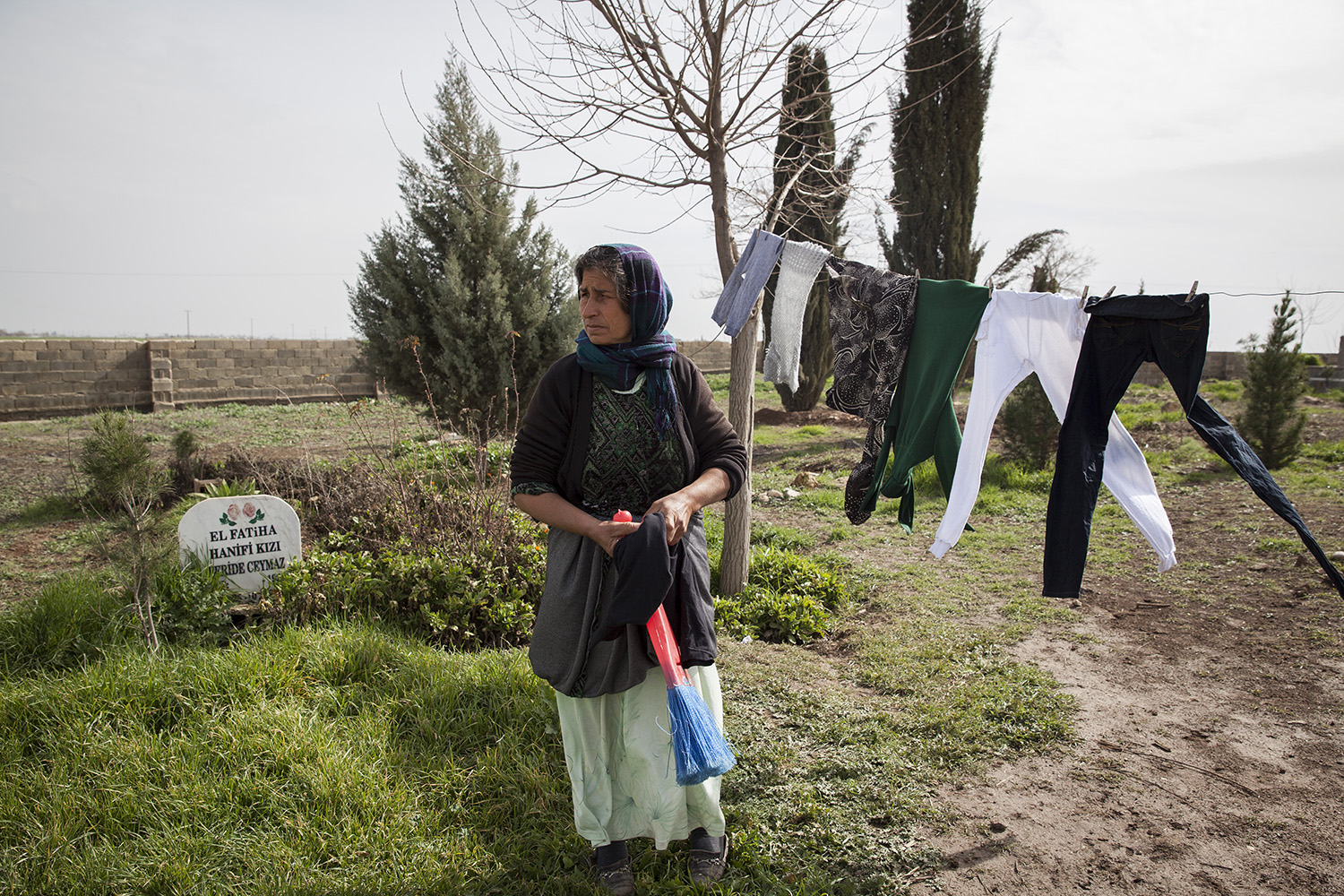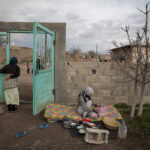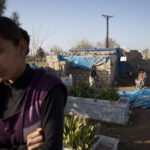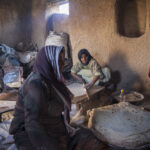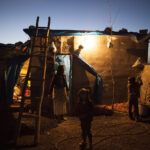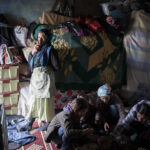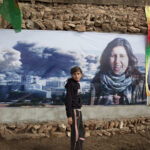Being a part of Suruç before the border between Turkey and Syria had drawn, Kobane got connected to Syria in 1921. It has got its name from a German company which had built the railway on the border. The connection between Kobane and Suruç broke off completely after mines were laid on the border in 1950s. Following this, the connection between the families at both sides of the border broke off as well.
As a result of ISIS starting to attack Kobane from the 15th of September 2014 forth, and the attempts of PYD (bound to YPG) to defend the city, about 200.000 people migrated from Syria to Suruç-Turkey. Abdullah Muslim, whose mother is from the Mizeynter village in Suruç-Urfa, also moved out of Kobane with his wife and 8 children and settled in the graveyard of Mizeynter village to flee from the militants of ISIS.
Everybody in the village has familiary bounds to one another, even if they haven’t had the chance to meet before. Abdullah Muslim says, that he hasn’t moved to a foreign land; instead he claims, that it is his mother’s and his relatives’ land which he has migrated to.
When asked why he would live on the graveyard, he usually states, “I think, that there is no difference between the ones who are alive and the ones who are dead” and adds, that he hesitates to settle in the village with his 7 daughters.
Just on the opposite direction of them is Kobane. Mother Pepe says, that the noise of the bombs and the shells make them actually forget, that they live on the graveyard.
The only thing they want is to return to their homes and their land.
Fatma Çelik
